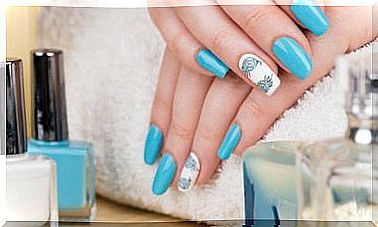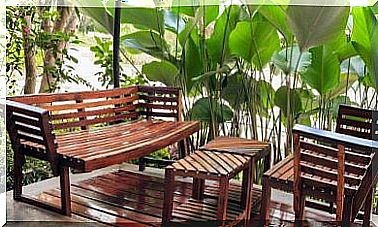Removing Mold In The Bathroom
If you have mold in the bathroom, act quickly and prevent it from spreading. Learn more!
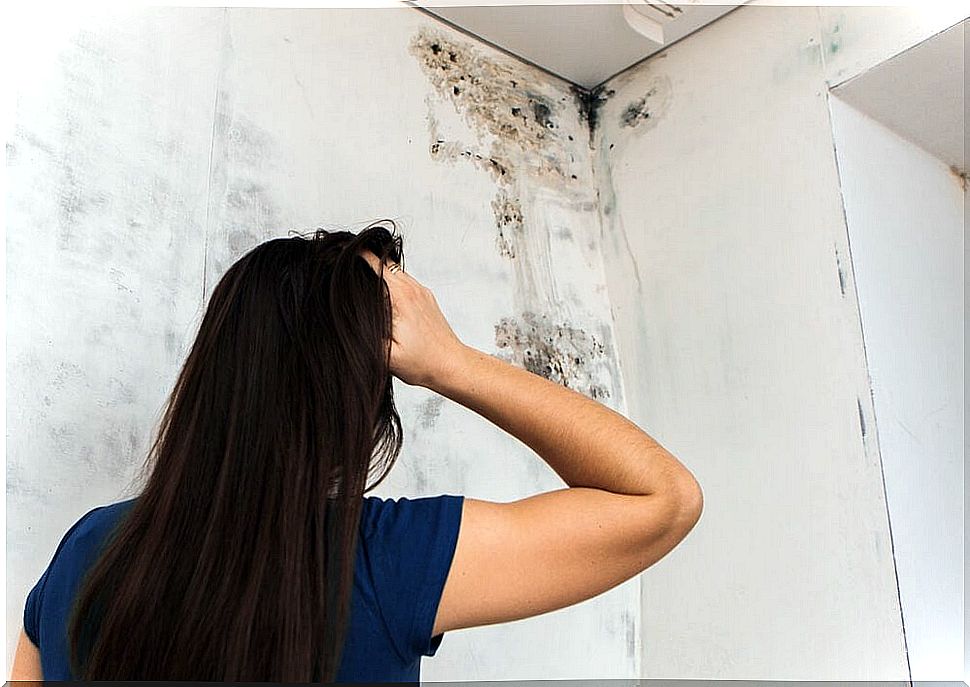
Mold in the bathroom is a serious matter that should not be taken lightly, as mold is particularly toxic indoors and can cause respiratory problems, among other things.
You should do something about the mold in the bathroom quickly !
How does mold develop in the bathroom?
Whether mold spreads in the bathroom or in other living rooms, for example the bedroom, is always harmful to health and the way it develops is always the same.
Molds love it damp. The warmer the air, the more moisture it can absorb, which is why the humidity in warm rooms such as the bathroom, children’s room or living room is always higher than in cooler rooms such as the hallway or bedroom.
In rooms where the temperature is lower or in places in the room that are cooler, for example outside walls, the risk of mold is greater. Mold is so common in the bathroom because there very warm, very humid room air meets cooler walls to other rooms or the outside wall.
If the warm, humid air from the bathroom, living room or children’s room hits a cool place, for example the outer wall, moisture condenses there and an ideal place for mold growth is created.
Places with little air circulation, for example behind cabinets on outside walls, are also ideal places for mold.
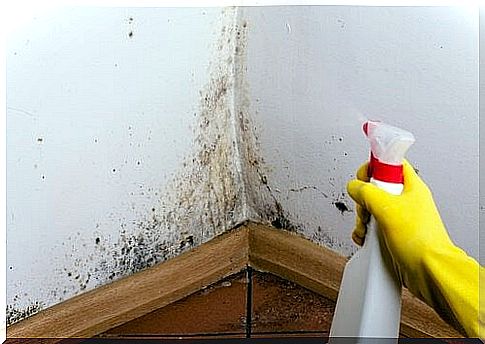
Remove mold
If you have mold in the bathroom or elsewhere in the house, make sure that it cannot spread and multiply.
In the case of wallpaper, you should remove the infected piece and see whether the masonry underneath is affected. It is then important to dry the area and avoid moisture forever. Good home remedies for mold are:
- Hydrogen peroxide
- vinegar
- chlorine
Even if you don’t see any mold under the wallpaper, that doesn’t mean that the spores aren’t in the plaster or masonry! Spray the area with a solution of water and chlorine OR vinegar OR hydrogen peroxide to kill any spores. Let dry well and… ventilate!
Prevent mold in the bathroom
Now that you know how mold develops and where it prefers to settle, you can do a lot to ensure that there is no mold in the bathroom (or anywhere else in the house), because you can make it “uncomfortable”.
Our following tips and advice apply not only to old buildings, but especially to new buildings that are “airtight” due to their construction:
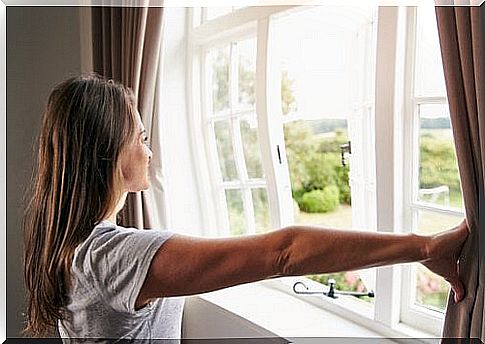
Ventilate properly
If you ventilate properly, there is no mold in the house! Ventilation is used to replace the moist, warm room air with cooler, dry outside air.
If you ventilate regularly, you will prevent mold in the house. “Ventilate properly” means brief, burst ventilation, in which you open all the windows wide and open all the doors so that the air can be exchanged in no time.
Close the windows after about 10 minutes so that the surfaces in the room don’t get too cold. Repeat this process several times a day. Exception: damp basement rooms in summer. Heating is more popular there than ventilation.
A tilted window is more likely to cause mold than excessive ventilation, because the tilted window ensures cool surfaces near the window. Mold often forms around windows or on the wall below.
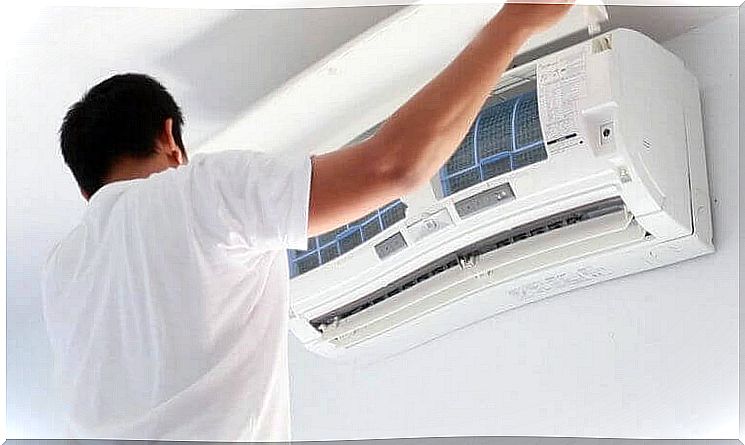
Heat properly
Nowadays energy is saved wherever possible. However, if you do not heat enough, the air in your interior cannot absorb enough moisture and it inevitably precipitates somewhere.
Therefore, you should keep heating up even when you are absent so as not to let walls and furniture cool down.
If walls and objects have cooled down due to ineffective heating, the moisture condenses exactly there when the apartment is used again : on walls, the back of furniture and hidden corners of the room.
So leave the heating on in winter, even if you are not there during the day or if you are away on the weekend.
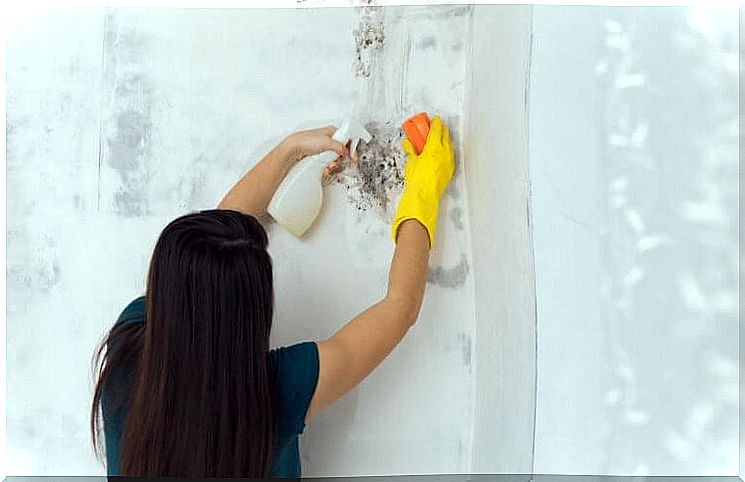
Position furniture correctly
When setting up, make sure that your furniture does not obstruct or even prevent air circulation. Cabinets, especially large wardrobes and bathroom furniture, should not be placed directly against the wall, but always need a good distance from the wall so that the air can circulate behind them.
Be careful not to place large cabinets or other furniture that covers a lot of wall space against outside walls. If this is not possible, leave enough space on all sides so that the air can freely circulate behind, over and to the side of the piece of furniture.

